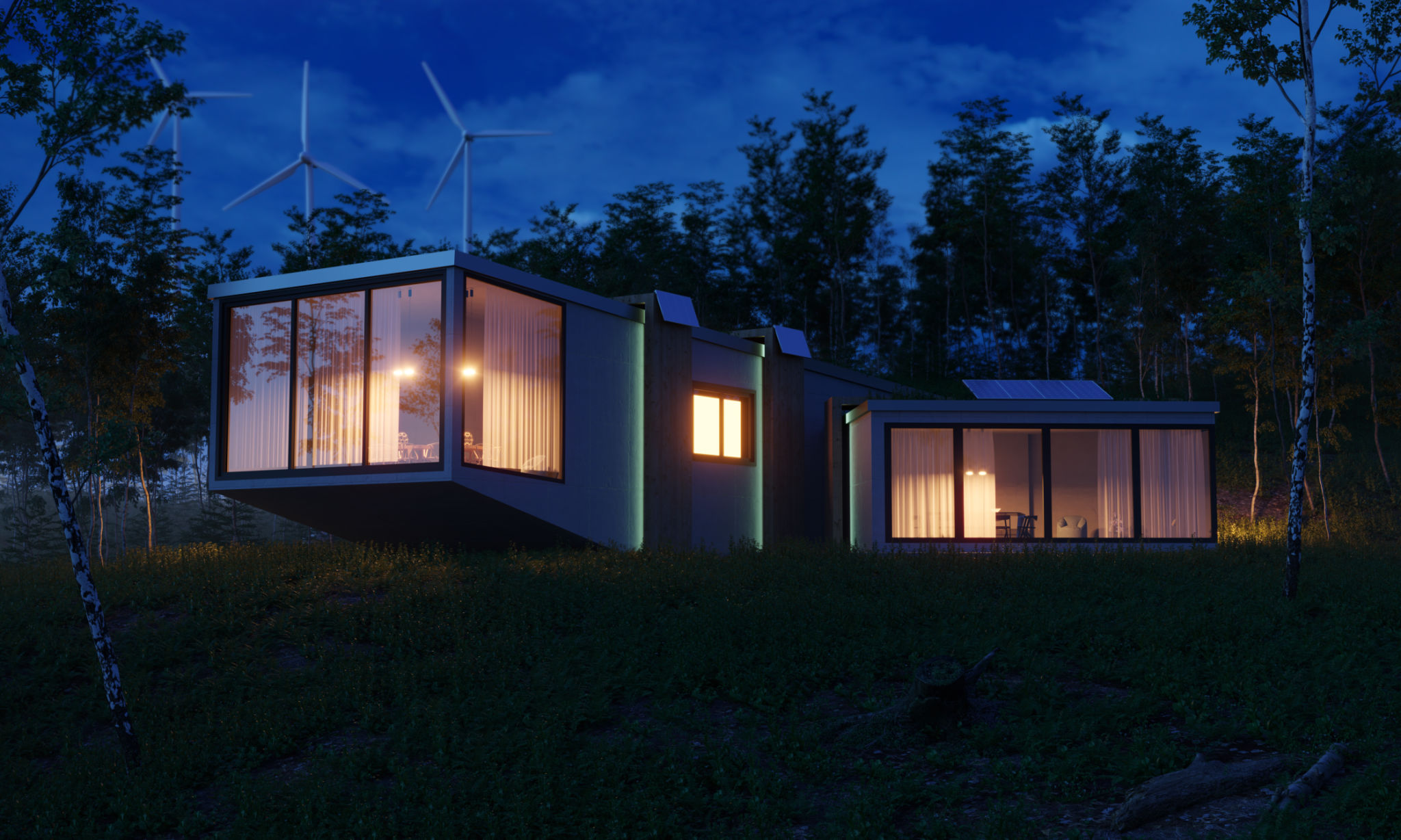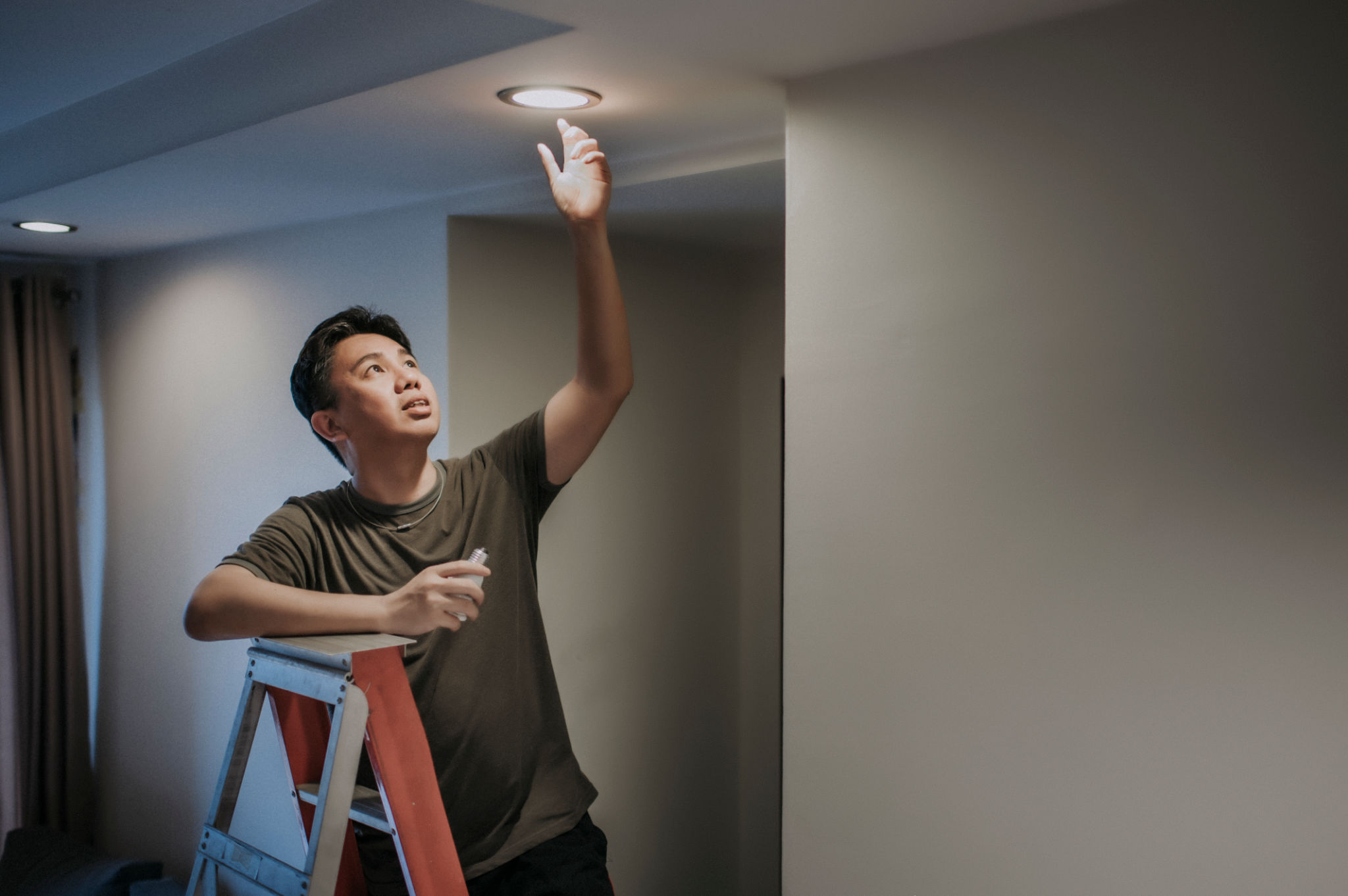Seasonal Energy Efficiency Tips for Victorian Homeowners
Understanding Victorian Homes and Energy Efficiency
Victorian homes, with their intricate designs and historical charm, are a beloved part of many neighborhoods. Yet, these beautiful structures often present unique challenges when it comes to energy efficiency. Due to their age, they might lack modern insulation and efficient heating systems, leading to higher energy consumption. Fortunately, there are several strategies that homeowners can implement to improve energy efficiency and reduce costs.

Insulating Your Victorian Home
One of the most effective ways to enhance energy efficiency is by improving insulation. Victorian homes often have solid walls that can be difficult to insulate, but there are solutions available. Consider using insulation materials that are specifically designed for older properties. These materials can be installed in areas such as attics, walls, and under floors to prevent heat loss.
Additionally, sealing gaps around windows and doors can greatly minimize drafts. Using weather stripping or caulking can help seal these areas, maintaining a consistent indoor temperature and reducing the need for constant heating adjustments.
Upgrading Windows and Doors
Victorian homes often feature large, single-pane windows that can contribute to energy loss. Replacing these with double-glazed windows can significantly improve your home's thermal efficiency. If replacement isn't feasible due to budget or preservation concerns, consider adding storm windows or applying window films for added insulation.

Heating System Enhancements
Heating systems in Victorian homes may be outdated, leading to inefficient energy use. Upgrading to a modern, energy-efficient boiler or furnace can make a substantial difference. Look for systems with a high energy efficiency rating to ensure you're getting the best performance.
Furthermore, installing a programmable thermostat allows for better control over heating, enabling you to set specific temperatures for different times of the day. This simple change can lead to noticeable savings on your energy bill.
Lighting and Appliances
The lighting in Victorian homes can also be updated to improve energy efficiency. Replacing incandescent bulbs with LED lights can reduce energy consumption significantly. LEDs are not only more efficient but also last longer, making them a cost-effective solution.

Consider upgrading old appliances to newer, energy-efficient models. Appliances with high energy ratings consume less electricity, helping to lower your overall energy usage. Pay particular attention to frequently used items like refrigerators, ovens, and washing machines.
Embracing Renewable Energy
For those looking to make a more significant impact, incorporating renewable energy sources such as solar panels can be a viable option. While the initial investment may be considerable, the long-term savings and environmental benefits make it worthwhile. Solar panels can be installed in a manner that respects the historical aesthetics of your Victorian home.
Additionally, exploring options for solar water heating can further reduce your reliance on non-renewable energy sources, promoting a more sustainable household.
Conclusion
Improving the energy efficiency of a Victorian home requires a thoughtful approach that balances preservation with modern advances. By implementing these seasonal energy efficiency tips, homeowners can enjoy the historic charm of their properties while maintaining a comfortable and cost-effective living environment. Remember, small changes can lead to significant savings over time, making these efforts both economically and environmentally beneficial.